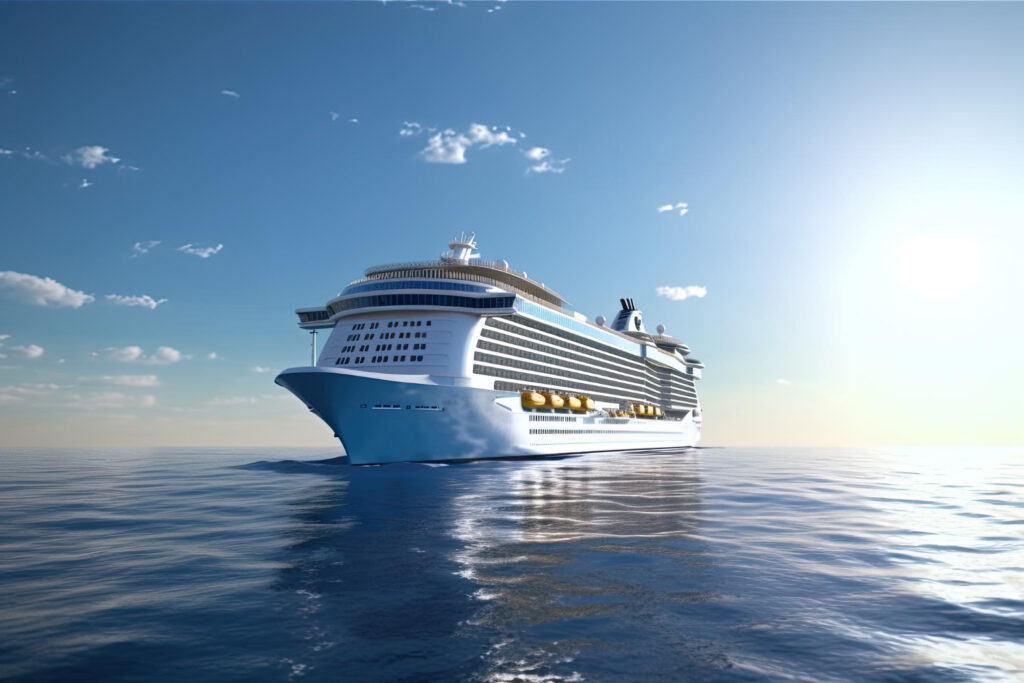Something interesting happened Tuesday that most people probably missed. Pakistan just approved its first international ferry service. You can now travel from Pakistan to UAE by sea, which sounds boring until you realize what this actually means for travel between Pakistan and the Gulf.
Right now, flying remains the only practical option for getting from Pakistan to places like Dubai or Abu Dhabi. Airlines have dominated this route for decades, setting prices however they want. Competition from ferry services might finally shake things up.
The Ministry of Maritime Affairs made the announcement through their official channels after months of behind-the-scenes committee work. Multiple government departments signed off on this, including Defense, Foreign Affairs, and Interior ministries. When that many agencies agree on something, it usually means serious business. Also look for Etihad Rail to Launch Passenger Service in 2026: Route Map, Stations and More
Government Approval Process
Getting government approval for international ferry operations requires jumping through massive bureaucratic hoops. The high-level committee included representatives from Maritime Affairs, Defense, Foreign Affairs, Interior, Pakistan National Shipping Corporation, and Directorate General Ports & Shipping. That’s a lot of people who needed convincing.
Minister Muhammad Junaid Anwar Chaudhry spent July chairing meetings about launching ferry routes from Gwadar to Gulf destinations. These sessions covered everything from customs procedures to safety regulations to passenger capacity planning. Government committees move slowly, but they finally reached consensus.
The ministry called this “a new chapter in maritime travel, tourism, and regional connectivity.” Government press releases usually use flowery language, but this project actually deserves the hype considering how long Pakistan has relied solely on air travel for regional connections.
Passenger Market Potential
The fares of the ferry are normally significantly lower than those of airfare particularly when the travel is as a family. The difference in cost is important when it is applied to religious tourism where whole families have been known to spend pilgrimages that really place a lot of pressure on household budgets.
Religious travel numbers tell the real story here. Between 700,000 and 1 million Pakistani nationals visit Iran and Iraq annually for religious purposes. Minister Chaudhry calculated that even 20 percent ferry adoption could generate 140,000 to 200,000 passengers yearly. Those numbers justify serious investment in maritime infrastructure.
The travel from Pakistan to UAE in ferry option particularly helps religious pilgrims continuing to Saudi Arabia for Umrah and Hajj. Flying from Pakistan to Saudi Arabia costs substantial money that many families struggle to afford. Ferry travel to UAE followed by shorter regional connections could reduce total trip expenses dramatically.
Regional Travel Integration
The upcoming unified tourist visa system changes everything for Gulf region tourism. This Schengen-style arrangement lets people visit multiple countries using single visa applications instead of separate paperwork for each destination. Ferry passengers benefit enormously from this simplified documentation process.
Pakistani tourists can start journeys in Dubai, then continue to Qatar, Saudi Arabia, Oman, or other Gulf nations without additional visa complications. Travel from Pakistan to UAE by sea becomes the entry point for extended regional exploration rather than single-destination visits.
Ferry operations will begin with domestic Karachi-Gwadar routes before expanding internationally. This approach makes sense for testing systems, training crews, and working out operational problems before dealing with international passenger services and customs procedures.
Business Investment Opportunities
The Pakistani maritime development attracts the interest of UAE firms. The direct invitation of Emirati firms by the Prime Minister of Pakistan, Shehbaz Sharif, to invest in the maritime infrastructure implies that the government is not averse to provide good concession terms in the partnership with business firms.
AD Ports Group proved this interest by opening their first Pakistani representative office in Islamabad Tuesday. They positioned this office strategically near government ministries and state-owned enterprises, indicating plans for serious business development rather than token presence.
The sea route from Pakistan to UAE 2025 represents much more than passenger transportation. Enhanced maritime connections support increased cargo volumes, business partnerships, and economic integration that benefits both countries significantly. Ferry infrastructure investment creates foundation for broader trade relationship development.
Conclusion
Local media reports suggest UK-based “Sea Ferry” received the operating license, though official confirmation remains pending. Regardless of which company ultimately operates these services, the concept fundamentally changes how people think about Pakistan-Gulf travel.
Ferry services address real market demand that airlines have ignored. Many Pakistani families want affordable travel options that current aviation pricing makes impossible. Maritime alternatives could open international travel to thousands of people who previously considered it financially unrealistic.
Implementation timing remains unclear, but government approval suggests operations could begin relatively soon. Early passengers will essentially pioneer new travel traditions between Pakistan and the UAE.






